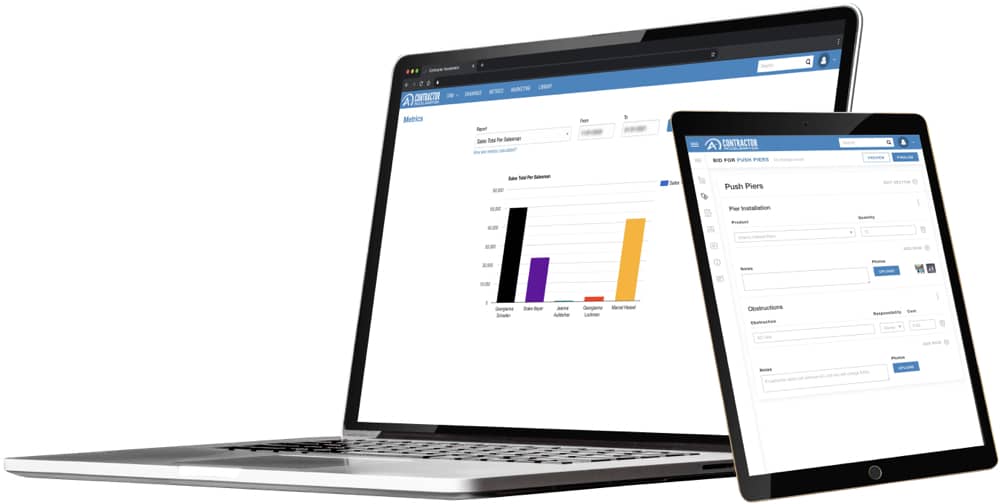Top Ways Technology Is Affecting the Fence Industry
Published on Nov 13, 2023
Technology is revolutionizing every industry, including the fence industry. With new tools and techniques emerging every year, fence builders are leveraging technology to create stronger, more durable, and aesthetically pleasing fences that meet the unique needs of their clients. In this blog post, we will explore how technology is being used in the fence industry.
Digital Design Tools
One of the most significant ways technology is transforming the fence industry is through digital design tools. Instead of relying on traditional paper sketches, fence contractors use sketch software to draw fence plans that can be shared with clients. This technology allows clients to visualize the finished product before the project even begins. The software also enables fence contractors to make changes and adjustments in real-time, ensuring that the final product meets the client's exact specifications.
Automated Fabrication
Another way technology is being used in the fence industry is through automated fabrication. Automated machinery can accurately cut, shape, and weld fence components to precise measurements, resulting in a more accurate and efficient installation. This technology reduces the risk of human error and allows for faster production times.
Business Software
From customer management to scheduling, proposals, and digital contracts, technology has made its way into the office of fence companies around the world, making them more efficient, more organized, and more professional. With contractors hoping to do more with less, automation of processes and reduction of administrative tasks is a top priority.
Composite Materials
Another significant technological advancement in the fence industry is the use of composite materials. Composite materials, such as vinyl and PVC, are engineered to be more durable and long-lasting than traditional wood fences. These materials require less maintenance and are resistant to rot, pests, and weather damage. Composite materials also offer more design flexibility, with a range of colors and styles available.
Smart Fencing
The future of the fence industry is smart fencing. Smart fencing integrates technology such as sensors, cameras, and automation to enhance security, privacy, and convenience. These smart fences can be programmed to open and close automatically, alert homeowners of intruders, and provide real-time video surveillance.
Conclusion
The fence industry is rapidly evolving, and technology is driving many of these advancements. From digital design tools to automated fabrication, business process software, and composite materials, technology is making fence building faster, more accurate, and more efficient. As technology continues to advance, we can expect to see even more innovative solutions emerge in the fence industry.
